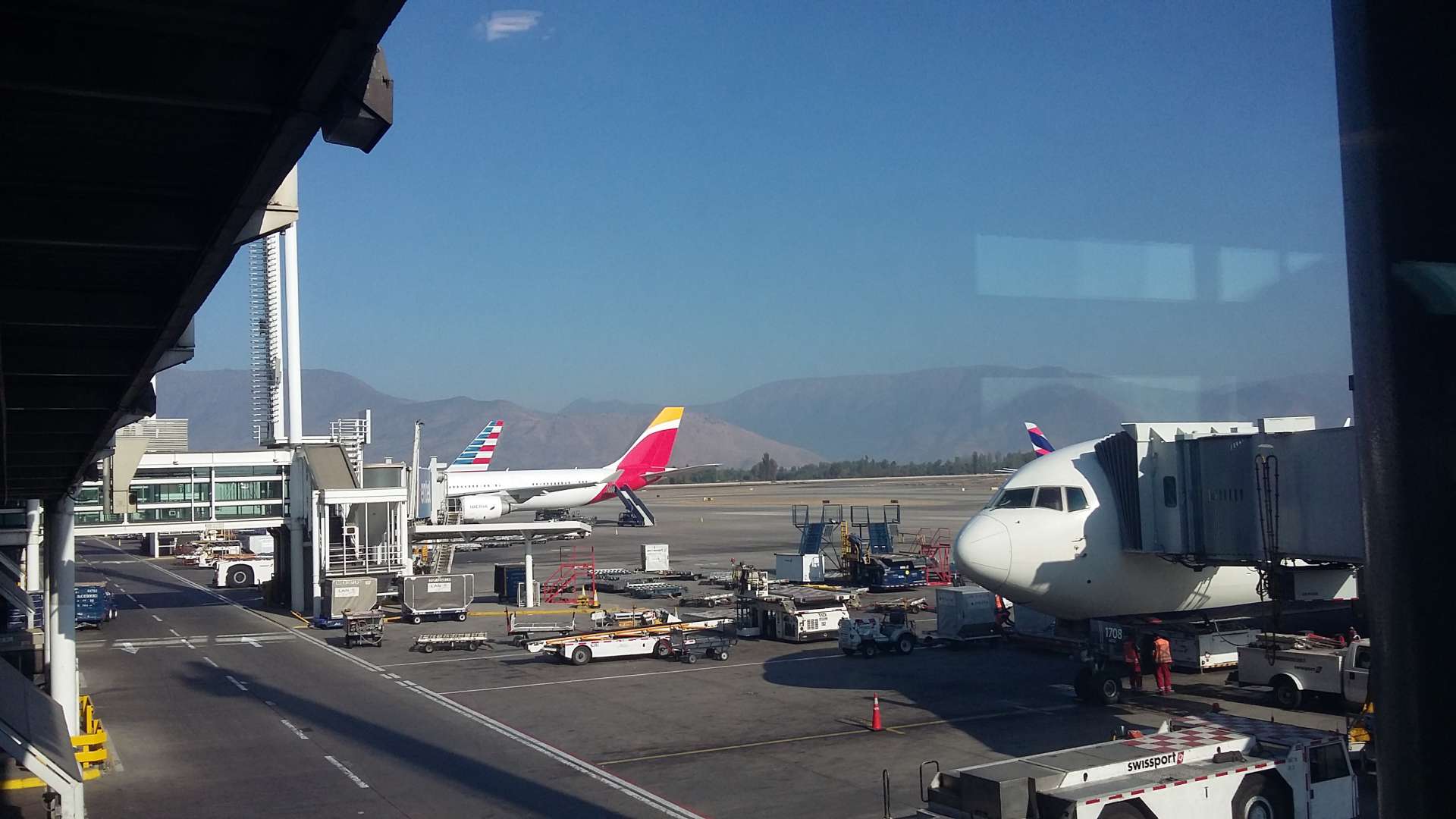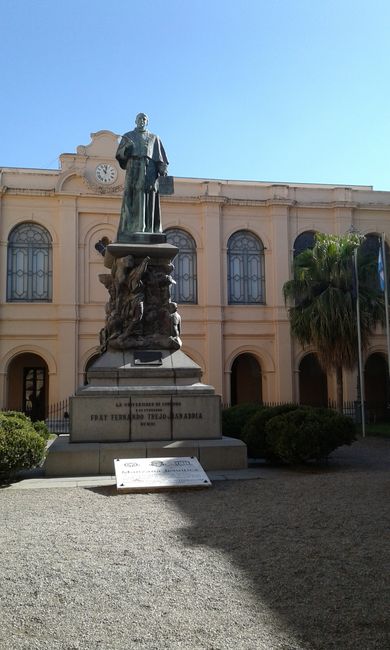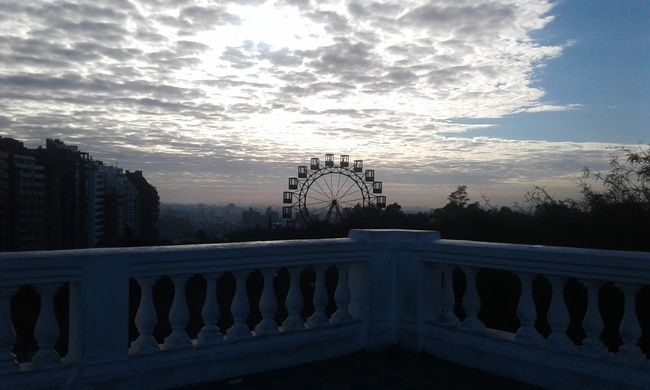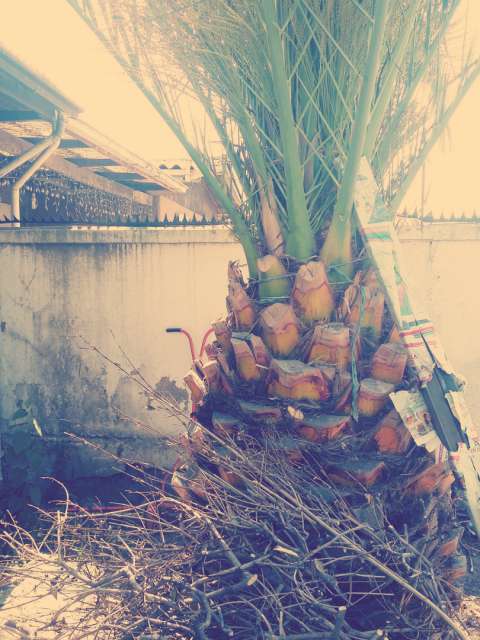
michi entdeckt die welt
vakantio.de/michi-entdeckt-die-welt
Córdoba, the second largest city in Argentina
Uñt’ayata: 28.08.2017
Yatiyäw qillqatar qillqt’asipxam
My only day in Córdoba started on June 6th at 8 o'clock in the morning. After the overnight trip, I waited in the 'Bar Panorama' in the bus terminal, shivering, for it to finally get bright outside. I was glad to head north where it was really winter 'down here'. Even though it had been cold many times before and I had felt almost frozen the last few days despite blankets and my sleeping bag, there were still warmer sunny days. But that would soon be over.
I felt so dead. I had already messed up my sleep rhythm with my travel preparations and then these crazy night bus rides.
With only three hours of sleep, I went for a final treatment with Lidia on the morning of my departure, the day before. Before that, I had to withdraw money, which turned out to be a torture. Monday morning at 8:30 a.m., all ATMs are empty. You can only withdraw about €100 per day and as a foreigner, you have to pay a fee of €6 each time. So withdrawing money was always expensive and annoying, especially that morning. The fourth bank finally took pity on me and I breathed a sigh of relief when I had the money and spare credit card back in my hands. Since my actual credit card was swallowed by the ATM, I panic every time my other card disappears into the machine.
When I took the metro to the farewell meeting with Jaacinthe in the evening, I was impressed by how respectfully the people making money in the metro treated each other. A guy with a guitar stood there and had a nice conversation with a woman when another guitar player came and saw him and wanted to apologize and retreat. But the other guy didn't need to, so the other one made my journey more beautiful with his playing, and I gladly gave him a few pesos in the end. In between, a salesman of some stuff came, immediately stopped his sales shouts when he saw the guitar player get ready, apologized, and walked quietly into the next car.
After the meeting with Jaacinthe, I had to walk to Retiro bus terminal in the dark, which was notorious for its danger, even though it was very close to our café. But with my tactic of staying close to other groups that seemed sympathetic to me, I passed all dubious figures without being bothered. It was all good inside the terminal. Except that the zipper on my fanny pack broke. And I had to look for my night bus.
When I arrived in Córdoba in the morning, I was annoyed that the guy who gave me my backpack from the luggage compartment demanded a tip by extending his hand. In that moment, feeling compelled, I took out a bill from my pocket, but I really don't think it's necessary. The bus rides in Argentina are the most expensive of all countries in South America. And they're the only ones where giving a tip for luggage is demanded. As far as I have learned, the idea of a tip is to reward exceptional service (yes, well, in a restaurant it's a different story, but even there you can vary the amount depending on the service) and not to pay extra when someone is just doing their job. I have no choice but to hand over my backpack or the opportunity to get it out myself. If someone lifts my backpack from and to my shoulder, that's already a bit of extra service, but simply putting it on the floor is not.
And then a little crisis was brewing, which hit me even harder in my exhausted state. While waiting in the café in the terminal, I realized that my beloved travel companion Bénédicte, with whom everything seemed perfect in Uruguay and until now, was very disappointed with my last message. The reason was that Pati, whom I wanted to meet in San Pedro de Atacama in northern Chile, had suggested that we travel to Uyuni in Bolivia together before she has to return to Germany. I didn't think anything bad about it and was glad not to have to cross the border alone. Because I had already been scared a lot about Bolivia. So I was even more surprised when Béné was really mad and accused me of making Pati "do the salt flats" alone and that she would have to do it alone. It really upset me and I felt like I had completely failed and that everything between us was irreparably broken. Luckily, Freija and my mom were there in spirit in the afternoon (when I became aware of the whole extent) to catch me and give me courage.
But first, at sunrise, I went outside. Everywhere, athletic people were jogging and running up and down the stairs and stretching.
After climbing these stairs, I had a nice view of the Ferris wheel.
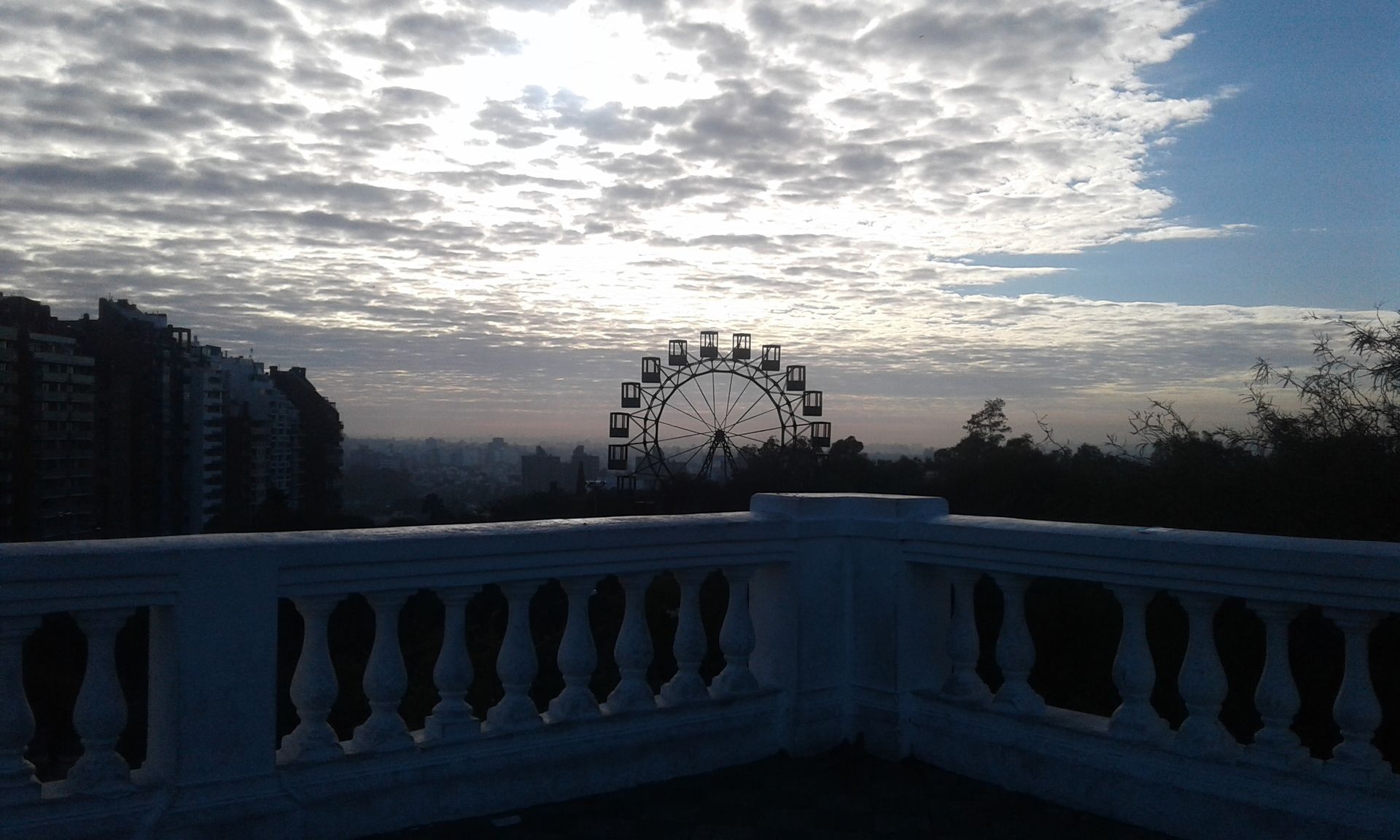
On the way to the center, I passed a park with a swimming pool, which was also intended for other athletic activities.
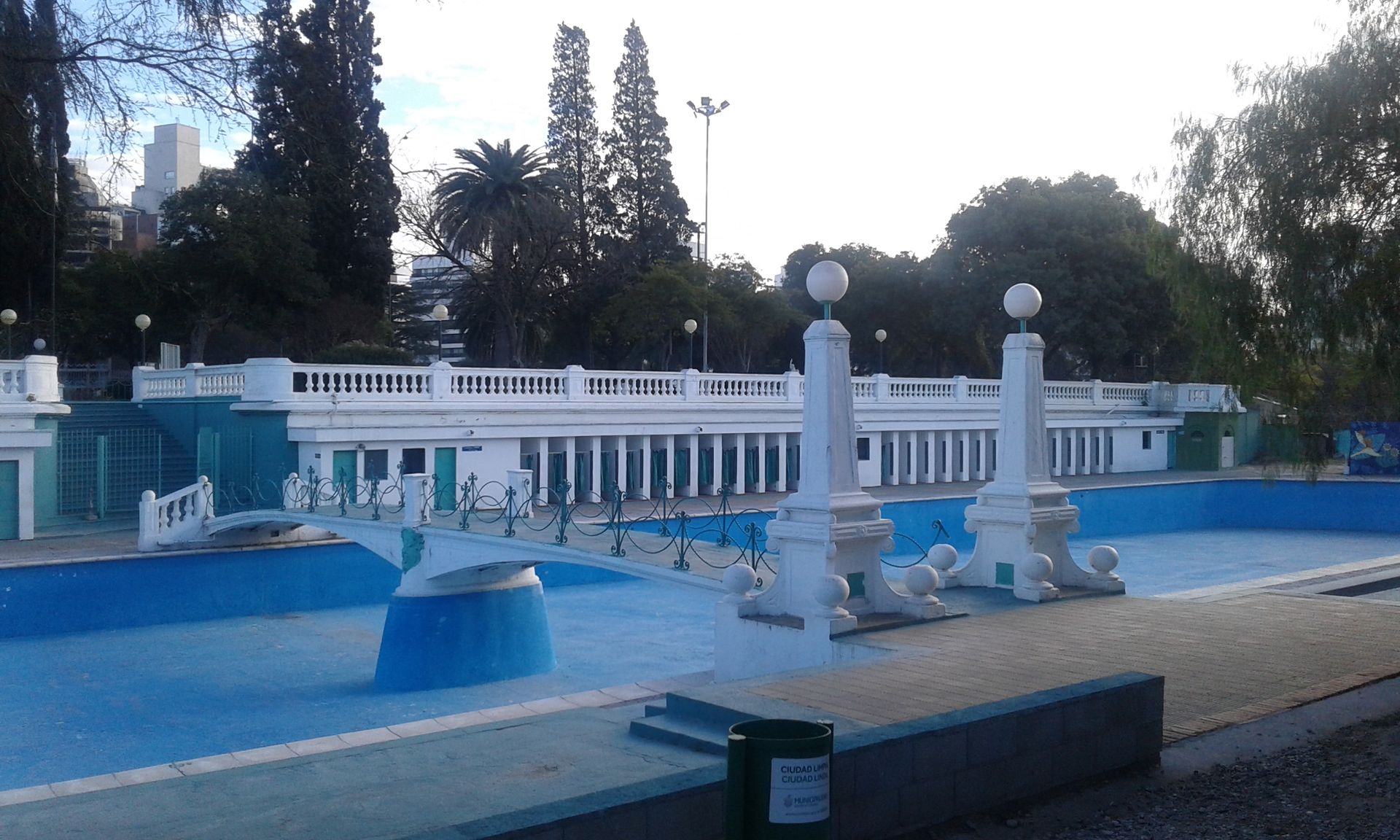
Between more trees and bushes, there was an inline skating rink. What a sporty city!
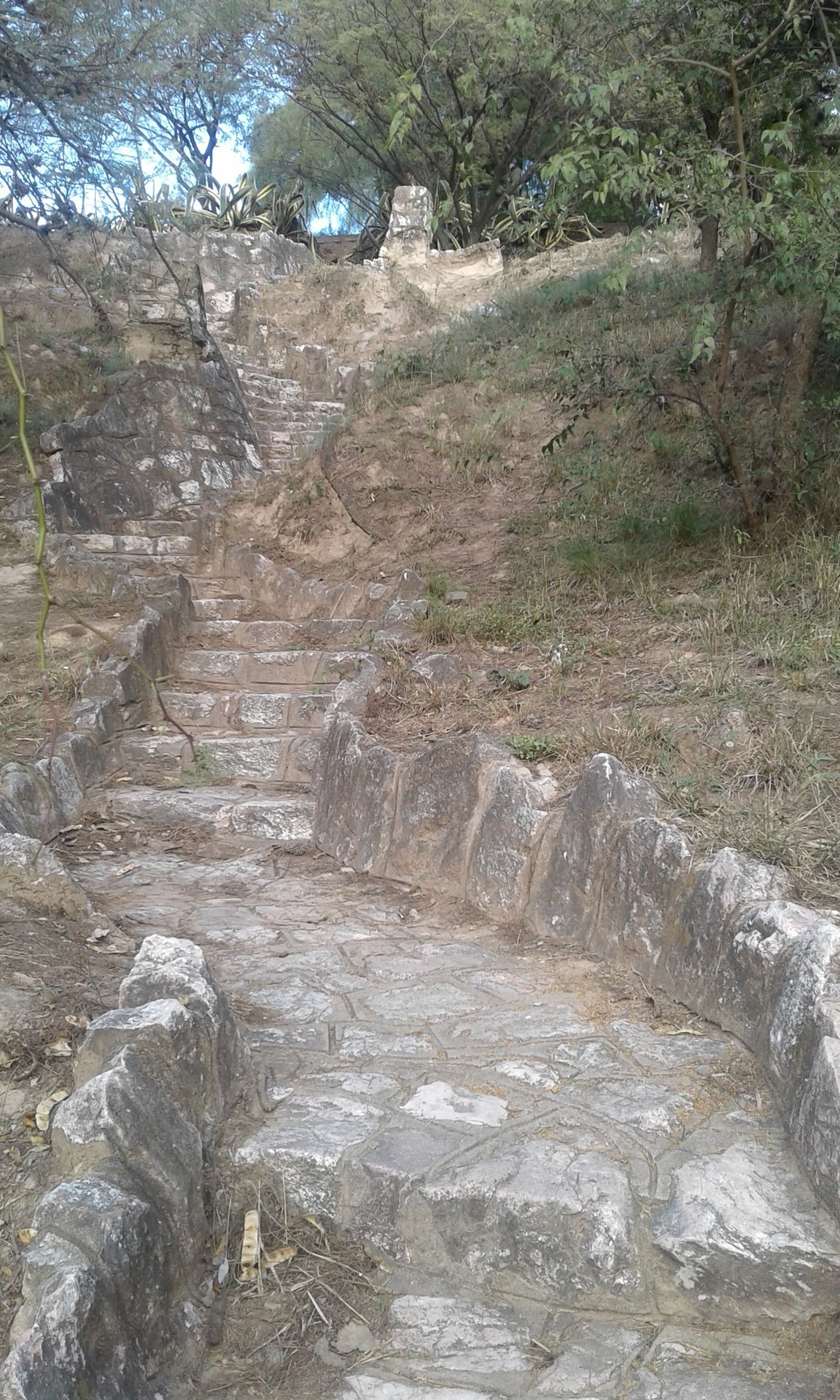
From Plaza San Martin, I joined a Free Walking Tour, which is called that because at the end, you can decide for yourself how much you want to give to the person (usually students) who leads the tour. And you're also free to give nothing. But the young lady hadn't quite understood that and annoyed me with her constant emphasis on the tip. (Yes, this day wasn't really successful in terms of other people). Right at the beginning, she emphasized the high price of private tours and said that you should give her as much as possible afterwards, "because she wants to get rich". It was supposed to be funny, but it left a very bad taste because these tours are actually for travelers who don't have much money and the intention is more to share something about their city than just having a job. Of course, they should earn something from it, but I have never experienced someone nagging about it like that. At the end, everyone got a lollipop with a note saying "tips are sexy".
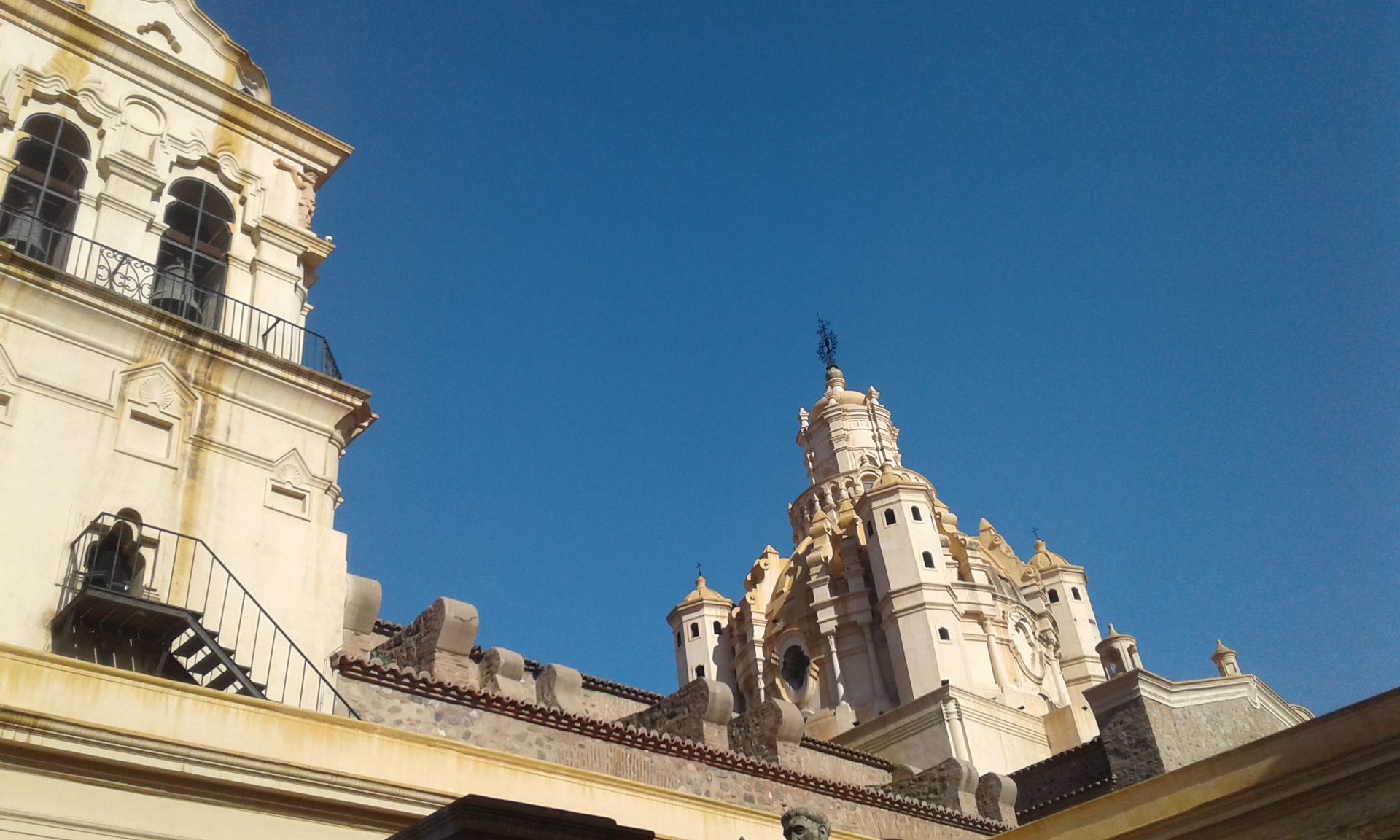
I would have preferred the tour in Spanish. She spoke in English so that everyone could understand and only translated it to Spanish for a Mexican guy. However, he spoke the best English in the whole group because he lived in the United States.
But now let's talk about the content. Córdoba is the second largest city in Argentina after Buenos Aires and is located in the middle of the upper half, conveniently on my way to the north. We admired the colonial buildings and learned how much this city was shaped by the Jesuits. And it's not easy to become a Jesuit. You need at least a degree to be admitted and apparently a lot of emphasis is placed on competence. That's why most of the magnificent buildings were built by them. When building the cathedral in Córdoba, the city lords had to ask the resident Jesuits for help in the end because they themselves were not capable of building it stable enough.
The painter who painted the pictures on the ceiling of the cathedral, by the way, had a fear of heights, so he painted the pictures on the ground and his employees had to assemble them at the height :D
In addition, his trademark was that he always immortalized himself in the painting. Somewhere among the saints.
(I only remember this story, I forgot his name and couldn't find it online anymore)

Another clever person immortalized the following drawings on the ground in front of the cathedral and other buildings. Their purpose is to draw the attention of passers-by who only look at the ground to the wonderful things right next to them.
... Today you would need an app on your smartphone that pops up when you pass a building^^
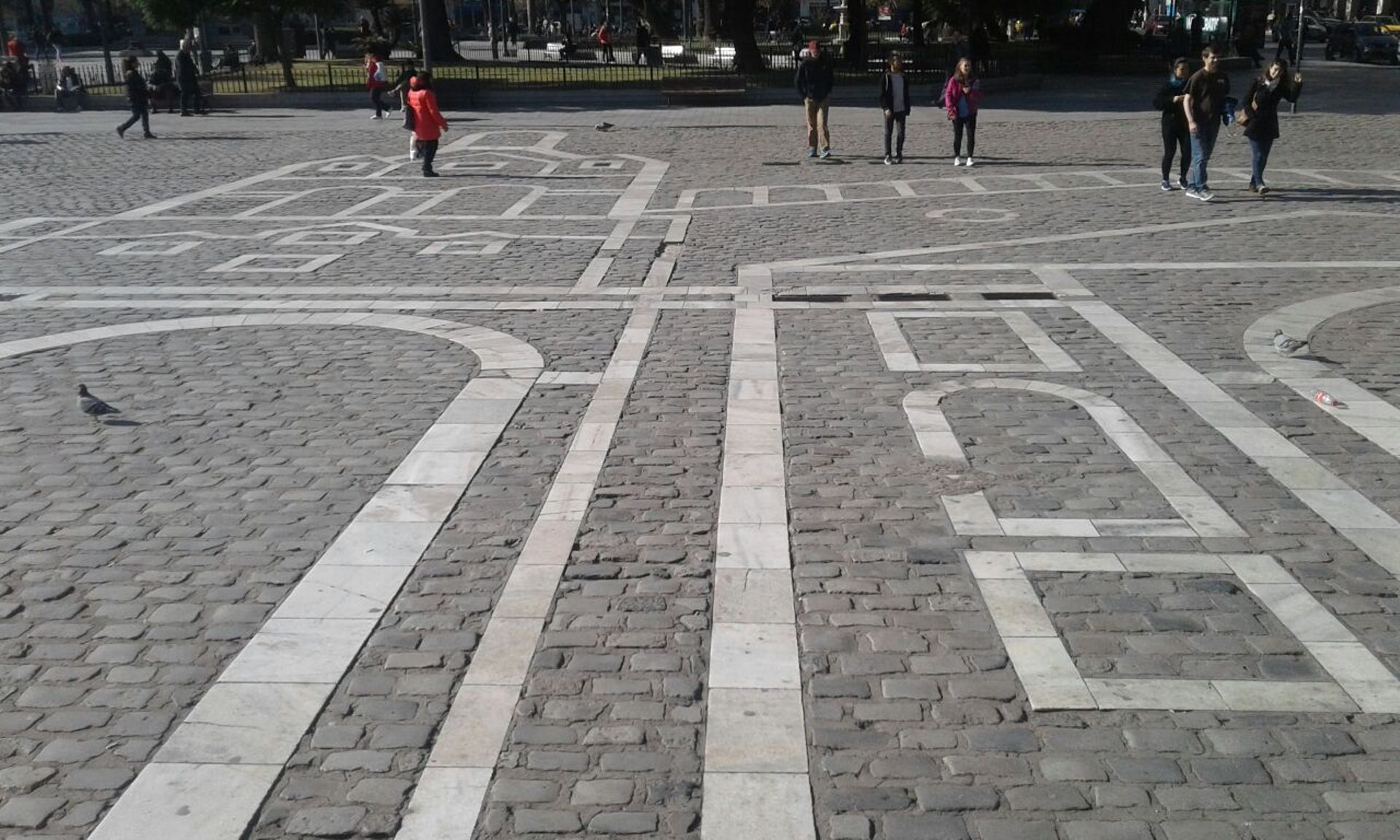
In another church, there was a similar wall behind the altar, which I had already seen with Karin in San Antonio de Areco.
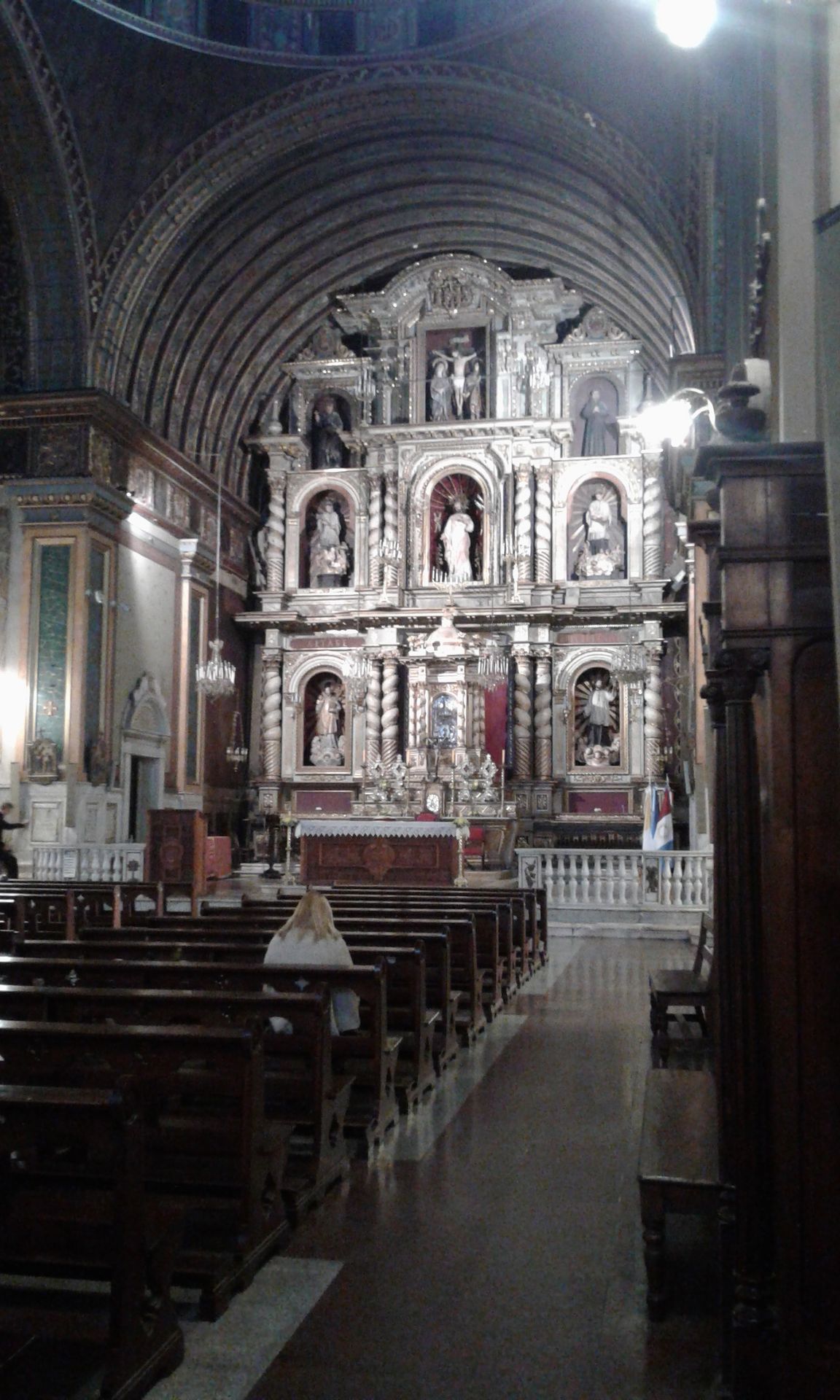
... and somewhere a half house
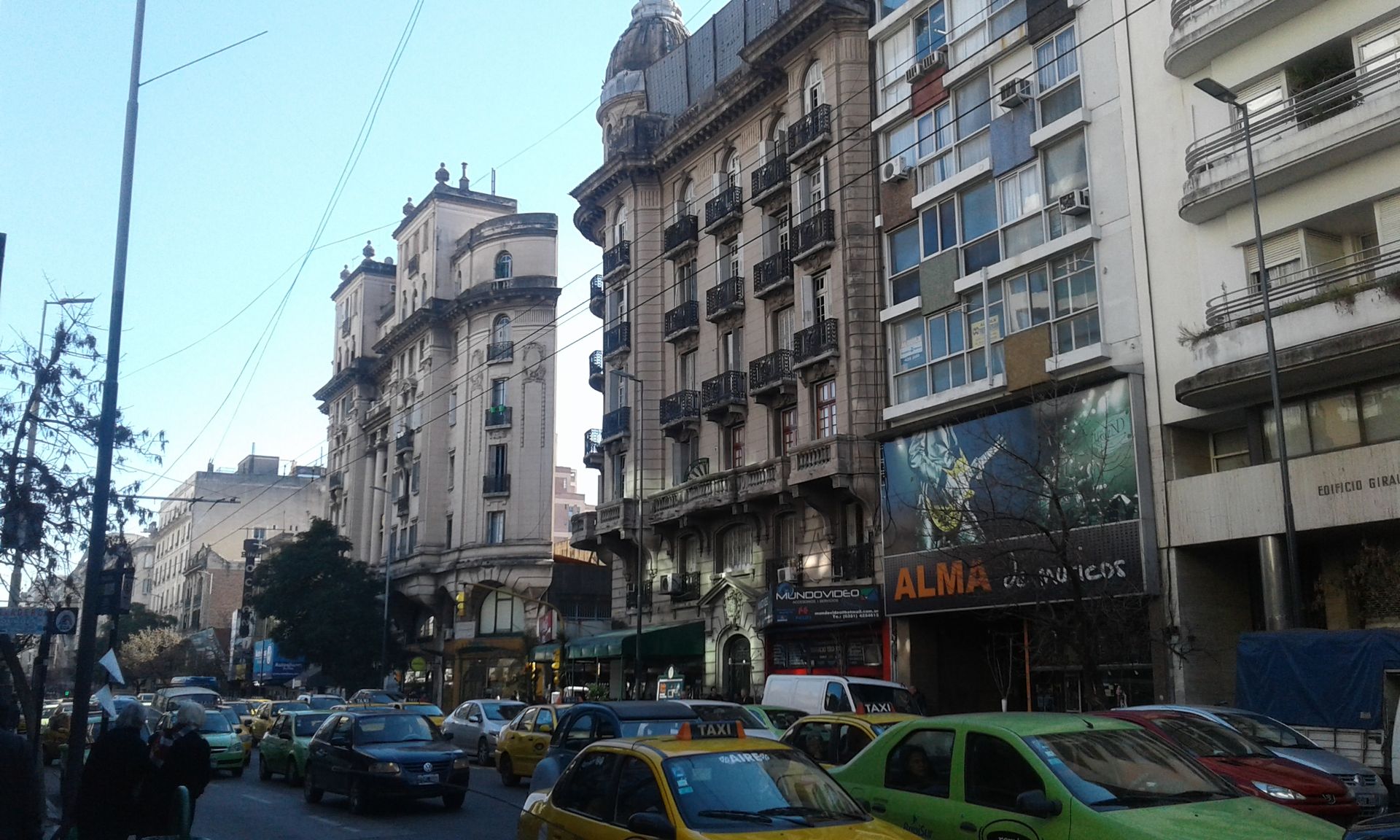
... and the oldest university in Argentina and the fourth oldest in all of South America: Universidad Nacional de Córdoba, with the nickname 'La Docta'

At the end of the tour, I had lunch with a few other participants, talked to an American couple, and was proud that my Spanish even earned me compliments. I was also glad to realize that I'm getting better at managing on my own without feeling lonely.
Back at the terminal, there was a Submarino during the aforementioned crisis, and at 5 o'clock, I was already on the next night bus, heading to Jujuy in northern Argentina.
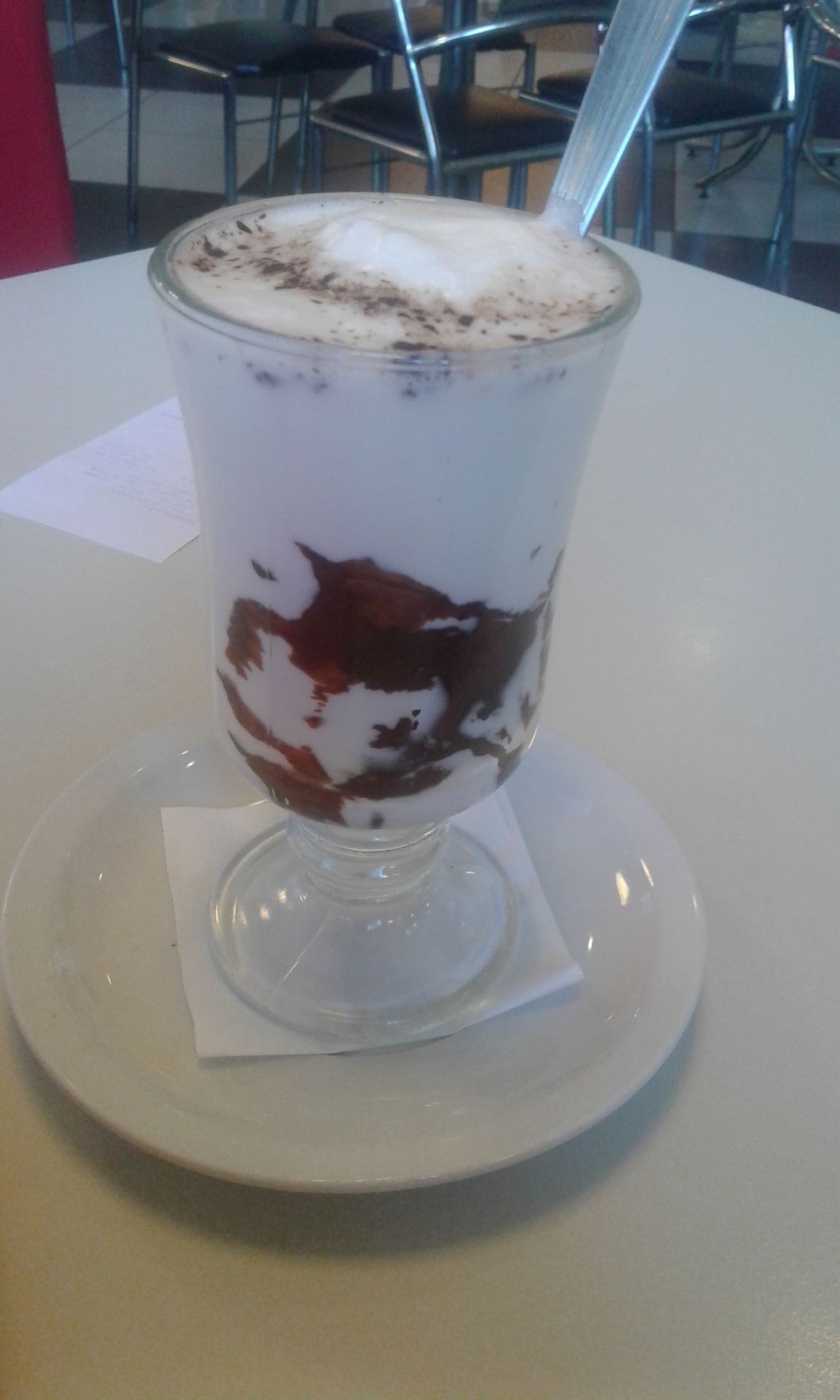
Yatiyäw qillqatar qillqt’asipxam
Jaysawi (2)
Mary
Ich amüsiere mich gerade köstlich über einige deiner Kommentare und insbesondere über diesen, dass man heute schon eine App auf dem Smartphone bräuchte, die aufpoppt, um ein sehenwürdiges Gebäude wahrzunehmen :).Alessandro
Liest sich wie ein schöner, spannender Roman in Kombination mit Reiseführer :-)
Macht Spaß, somit (wenn auch zeitversetzt) bei Dir zu sein.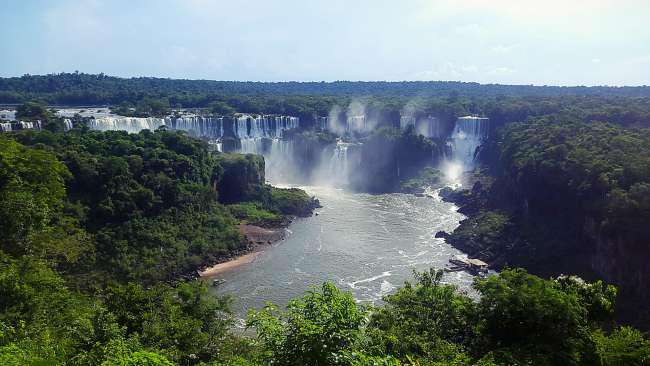
Viajes ukan yatiyawinakapa Argentina markanxa
